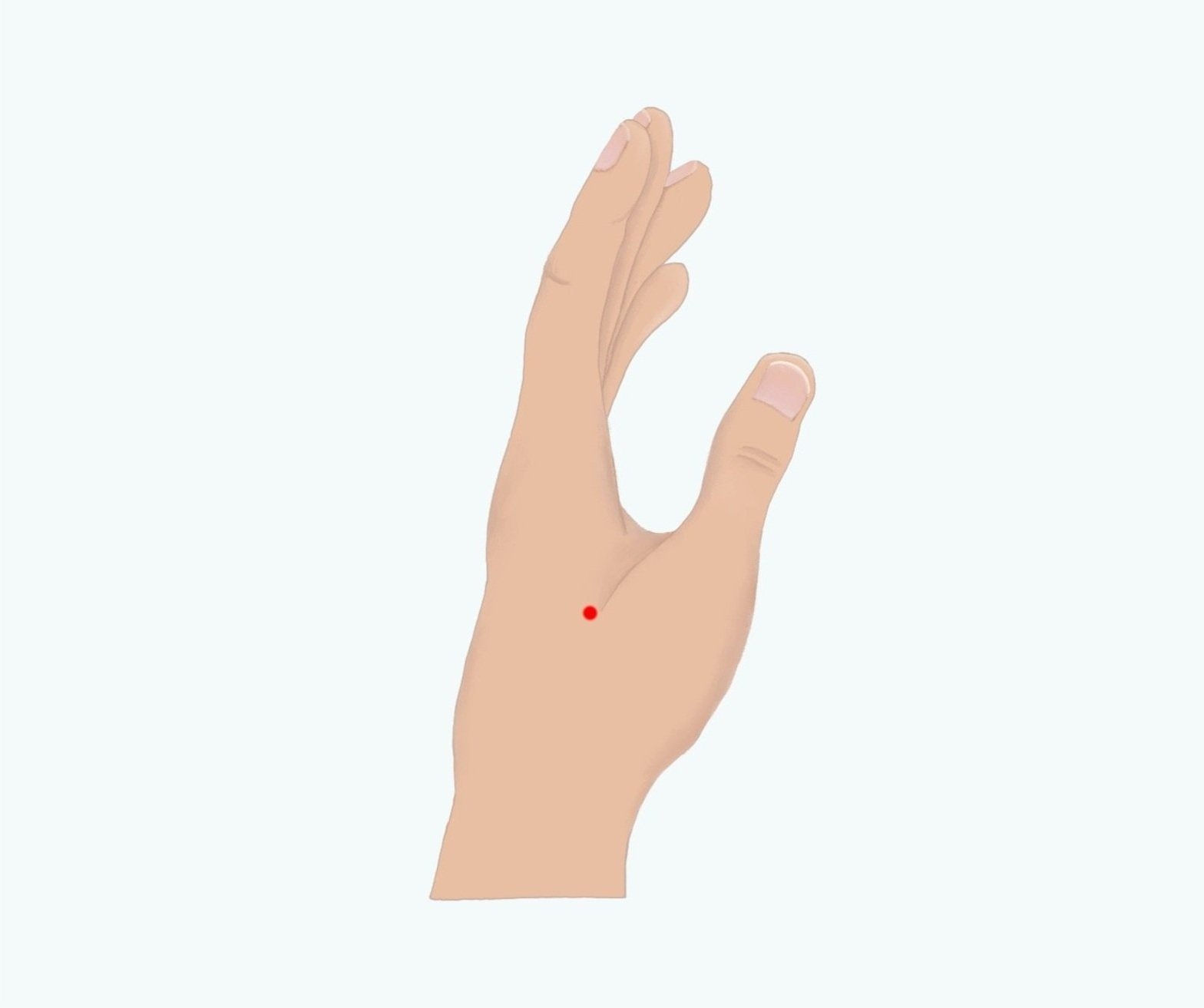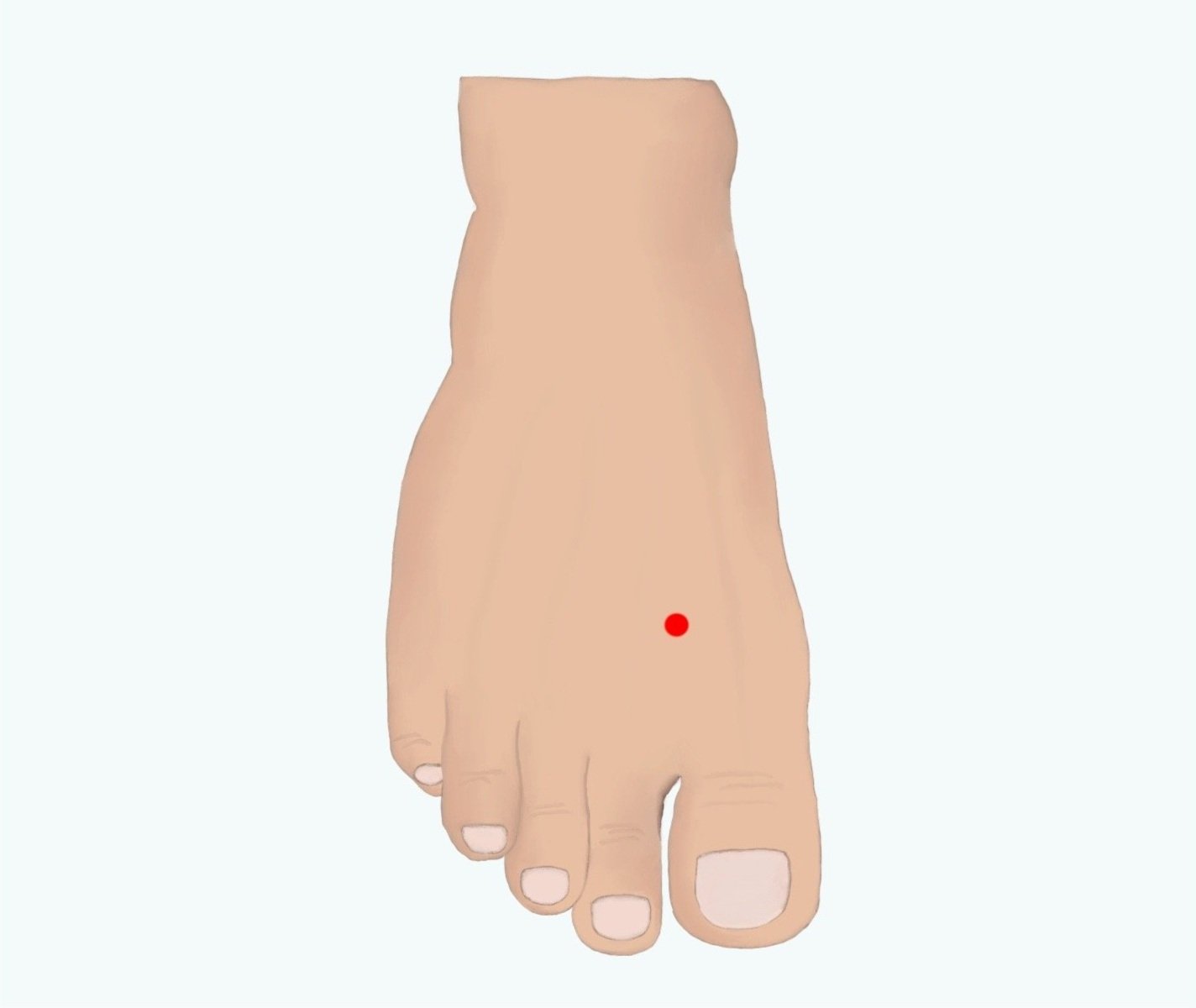A guide to acupressure at home for stress relief
Learning how to use acupressure points at home can be a great way to connect with your body and to the self-healing potential of Chinese Medicine.
Here we will cover acupressure points for stress relief. They can be used alone or in combination with each other.
Your body really does know what it needs and the more you practice feeling for and using these acupressure points at home, the more you will notice which feels best at the time. It is good to get in the habit of using them when you notice the early warning signs of stress and overwhelm.
Instructions: To determine if you are ‘on the point’ press with medium to moderate pressure until you feel a slight ache. Some of these points may be quite tender so start slowly.
Once you feel the sensation under your thumb or fingertip you can then use a ‘press, hold, release’ technique for at least 1 – 2 minutes (longer if you require or desire). Some of the points feel more pleasant using a continuous circular motion with lighter pressure. Play around and work out what feels right in that moment.
Acupressure points for stress:
Large Intestine 4 ‘Joining Valley’
Large Intestine 4 is a powerhouse point for moving energy in the body.
With your thumb resting alongside your forefinger, the acupressure point is found at the high point of the bulge just above the crease line. This acupressure point is easiest to access by opening the thumb and forefinger and using the opposite thumb to locate and press.
The large intestine 4 acupressure point can also be great for pain, especially sinus pressure, headaches and constipation.
Warning: DO NOT STIMULATE THIS POINT DURING PREGNANCY.
Liver 3 ‘Great Rushing’
Liver 3 is also known as ‘great rushing’ or ‘great surge’ which gives an indication of the way this point promotes a strong shift and change in the internal state of our physiology. It’s all about flow!
This point is located between the first and second toes. Run your finger upwards from the web between the toes up towards the top of the foot until your finger is stopped by bone. There is a small depression where the soft tissue ends. This acupressure point is often very sensitive so go slow on this one.
The liver 3 acupressure point is fantastic for tension, tightness, frustration, irritability, jaw pain, and menstrual issues.
4 Gates
4 Gates involves combining the above acupressure points. Stimulate Large Intestine 4 on one hand and Liver 3 on the opposite foot, then repeat on the other side to open all 4 gates.
Using these two acupressure points is said to ‘open the energy gates’. Often much of our physical and mental discomfort comes from a lack of ease and flow in the body. Feeling ‘stuck’ in life or in an emotional state can be a source of tension.
This acupressure point combination creates a sense of movement in the internal energy pathways of your entire body that can feel a little bit like you have gone for a brisk walk in the fresh air. Unblocking areas of pain, tightness, restriction, or discomfort and alleviating feelings of stress and agitation.
Heart 7 ‘Spirit Gate’
Heart 7 is a great way to connect with the deeper parts of our mind and spirit (shen). The aim of acupressure is to bring the body and the mind into a state of harmony. This is a soothing and relaxing way to calm and reset the nervous system when we are in a heightened state.
This point is found at the wrist crease in line with the webbing of the fourth finger and little finger. Flex (bend) the wrist towards you slightly and feel for the small depression next to the bone. A gentle circular motion is a pleasant way to stimulate this point.
Use the heart 7 acupressure point at any time of the day, however, it can be particularly helpful as part of your sleep routine with breath awareness techniques and guided meditation.
Ear Shen Men
Ear shen men is a frequently used auricular (ear) acupressure point that mimics the effects of the body point heart 7. The response can be much more noticeable because there is greater receptivity in the microsystem of the ear.
Place your thumb in the upper section of the triangular shell in the ear and use your forefinger behind the ear to gently pinch. You may need to move your thumb around a little until you feel a slight ‘ache’ which indicates you are on the point.
This point is not as easy to use on yourself but once you know where it is and feel the effects it’s a great option when you’re feeling stressed.
The ear shen men acupressure point can be very lovely for little people who struggle to wind down at night. They generally really enjoy how it feels. Always check in with them to make sure they are comfortable with the sensation. Depending on age just 5 – 10 pulses can be enough to give a feeling of relaxation. You might find they start asking for it at bedtime.
Yintang ‘Hall of Impression’
Yintang is located at the midpoint between the eyebrows. Gently rest the tip of your middle finger on the acupressure point. Allow the other fingers to relax on either side of the top of the nose. Use a gentle press, hold and release technique. This is best done with eyes closed to optimise the quietening of the mind.
You could try speaking the mantra So Hum (Sanskrit for ‘I Am’) as you press and release the acupressure point. Silently in your mind or audibly. The hum sound and vibration is also said to have a calming effect on the nervous system via stimulation of the vagus nerve. A variation to this is adding an inhalation as you press in (silent So) and exhalation as you release (audible Hum).
If you are a more experienced meditator you could focus your attention on this point and turn your gaze inwards to the mind focussing on the calming actions of the acupressure point, adding breath or mantra.
The information is intended as a guide to support general health and wellbeing. It does not replace medical advice. Acupressure can be a wonderful tool for self-healing and should be practiced under the guidance of a registered practitioner.





